The coldest place on Earth is not for the faint of heart. Yet, in this frozen wasteland, where temperatures plummet to a bone-chilling -90°C, humanity has discovered one of the most extraordinary windows to the universe. Dome Argus, or Dome A, the highest ice feature on the Antarctic Plateau, has emerged as an unparalleled site for astronomical observation. Here, where the air is thin, dry, and almost entirely free of atmospheric turbulence, the stars don’t just twinkle—they blaze with crystalline clarity.
For decades, astronomers have sought the perfect vantage point to peer into the cosmos. Traditional observatories atop remote mountains or in arid deserts pale in comparison to the conditions found at Dome A. The Antarctic plateau offers something unique: months of uninterrupted darkness during the polar winter, coupled with an atmosphere so stable that it rivals the viewing conditions of space-based telescopes. The result? Images of the cosmos so sharp they defy belief.
The journey to establish an observatory at Dome A was anything but straightforward. Transporting delicate astronomical equipment across thousands of kilometers of treacherous ice required feats of engineering and logistics that bordered on the impossible. Yet, in 2005, China’s Antarctic expedition team succeeded in installing the first automated observatory, PLATO (PLATeau Observatory), marking the beginning of a new era in ground-based astronomy. Since then, instruments like AST3 (Antarctic Survey Telescopes) have pushed the boundaries of what can be achieved from Earth’s surface.
One of the most groundbreaking discoveries to come from Dome A was the detection of exoplanets using the transit method. The extreme stability of the atmosphere allowed telescopes to pick up the faintest dips in starlight as planets passed in front of their host stars—a task nearly impossible under the turbulent skies of more temperate locations. Researchers also captured unprecedented details of stellar formations and distant galaxies, data that could reshape our understanding of cosmic evolution.
But why does Dome A offer such pristine conditions? The answer lies in its elevation and climate. At 4,093 meters above sea level, the site sits above much of the atmosphere’s water vapor, a major culprit in distorting astronomical observations. The cold, dry air minimizes thermal noise, while the lack of wind ensures that telescopes remain perfectly steady for hours on end. It’s as if nature itself designed Dome A for astronomy.
Despite its advantages, working at Dome A is a brutal endeavor. Equipment must withstand not only extreme cold but also the logistical nightmare of operating in one of the most isolated places on the planet. Batteries freeze, lubricants solidify, and even the most robust electronics can fail without proper insulation. Yet, the scientific payoff is worth the hardship. Every winter, when the sun disappears for months, Dome A becomes a silent sentinel, its telescopes gathering light from the farthest reaches of the universe.
The future of Dome A as an astronomical hub looks brighter than ever. Plans are underway to expand its capabilities with next-generation telescopes, including those designed to hunt for primordial gravitational waves—ripples in spacetime from the Big Bang. If successful, these experiments could unlock secrets of the universe’s very first moments. No other ground-based site offers the same potential.
From the depths of Antarctica’s frozen desert, humanity is rewriting the rules of astronomy. Dome A stands as a testament to human ingenuity, a place where the heavens reveal themselves in ways once thought impossible. In the silence of -90°C, under a sky untainted by light or turbulence, the universe whispers its secrets—and we are finally listening.
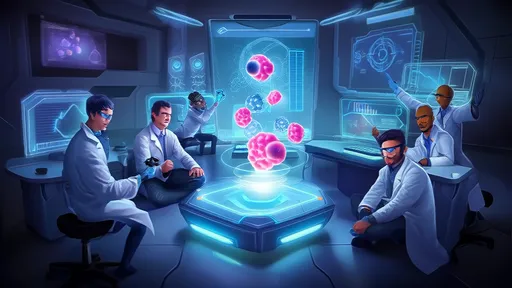
By /Jul 2, 2025
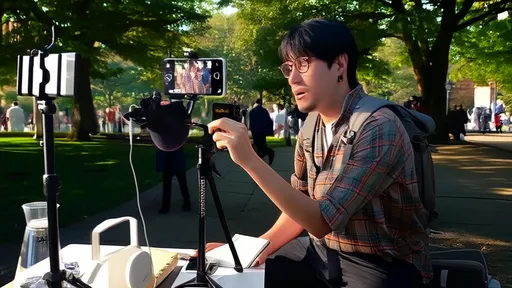
By /Jul 2, 2025

By /Jul 2, 2025
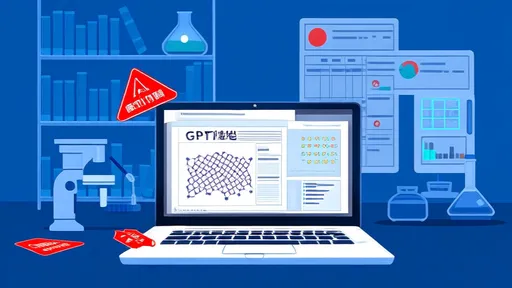
By /Jul 2, 2025
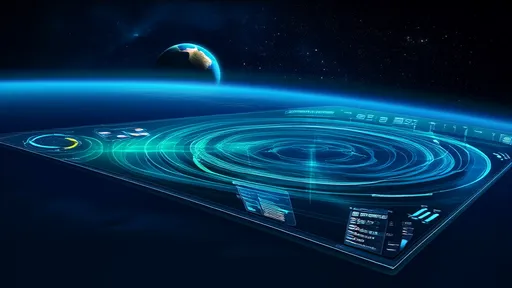
By /Jul 2, 2025

By /Jul 2, 2025

By /Jul 2, 2025
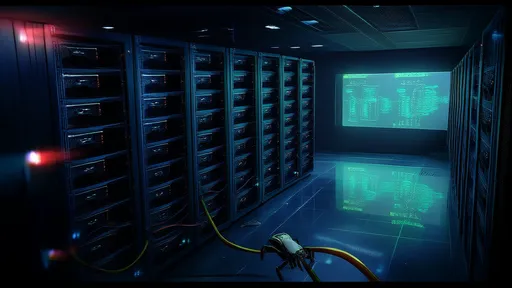
By /Jul 2, 2025
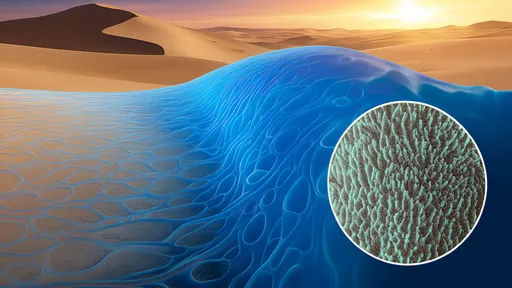
By /Jul 2, 2025
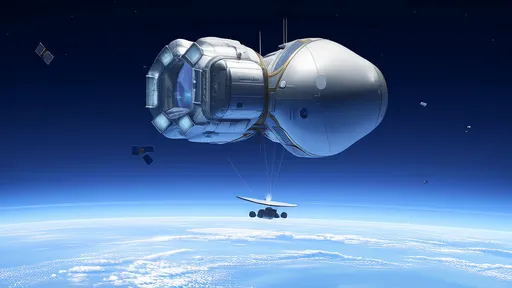
By /Jul 2, 2025
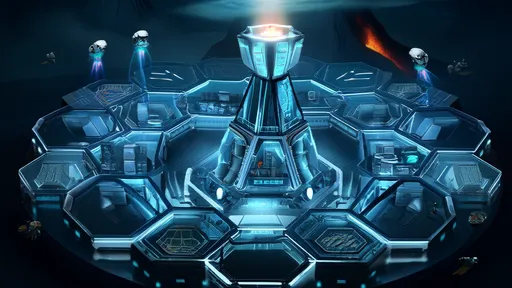
By /Jul 2, 2025
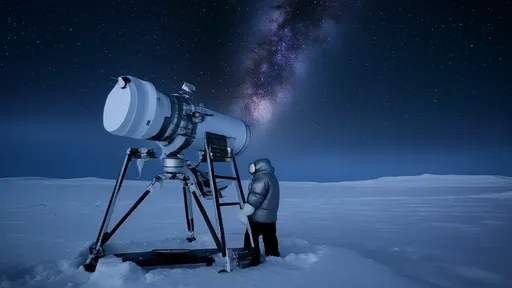
By /Jul 2, 2025
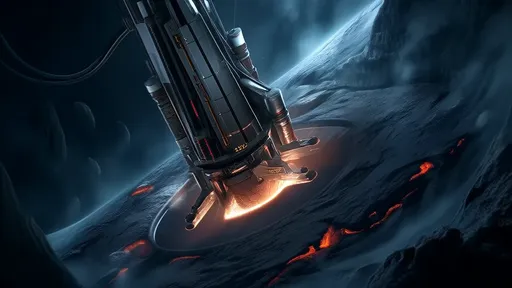
By /Jul 2, 2025
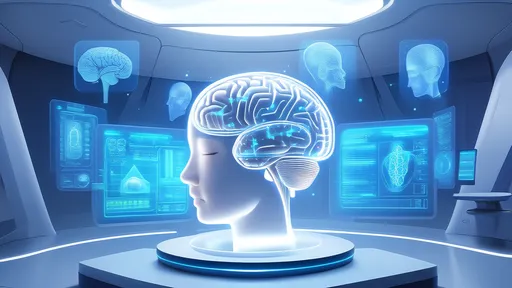
By /Jul 2, 2025

By /Jul 2, 2025

By /Jul 2, 2025
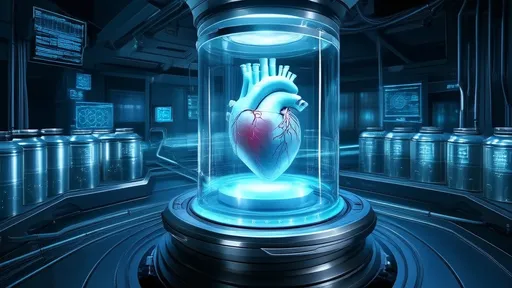
By /Jul 2, 2025

By /Jul 2, 2025
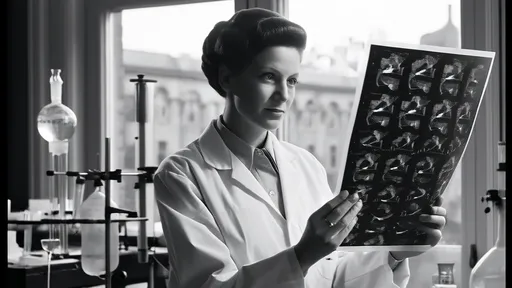
By /Jul 2, 2025

By /Jul 2, 2025